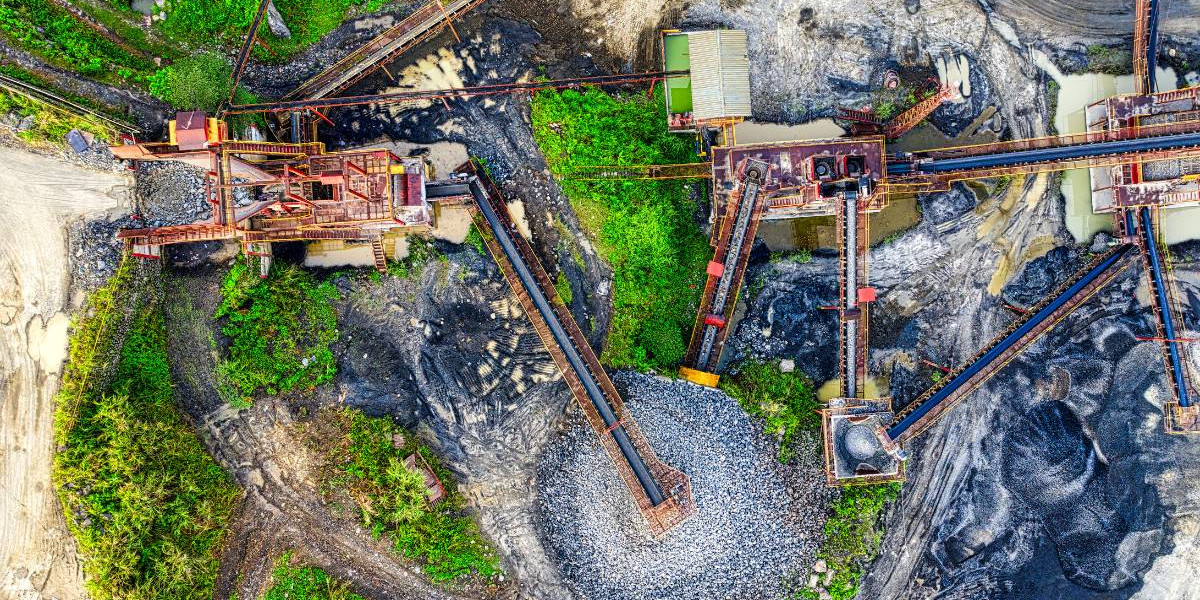As the world races toward carbon neutrality, few materials are as critical to this transformation as copper. Known as the “metal of electrification,” copper is the silent enabler of the renewable energy revolution, powering everything from wind turbines to electric vehicles. Its unmatched conductivity, durability, and recyclability make it indispensable for building a resilient and sustainable energy infrastructure.
But beyond its industrial use, copper represents something far greater—the bridge between natural resources and a cleaner, smarter planet.
1. The Metal That Powers the Green Transition
Copper is the backbone of electrical efficiency. Solar panels, wind farms, and hydropower systems rely on it to transmit energy with minimal loss. An average electric vehicle contains nearly four times more copper than a traditional car, reflecting how the shift toward electrification directly increases global demand.
Without copper, large-scale energy transition simply isn’t possible. It’s the element that keeps the current flowing in both a literal and economic sense.
2. Driving Innovation in Renewable Energy Systems
Every major renewable energy system depends on copper. In wind turbines, it conducts power from the nacelle to the grid; in solar installations, it links panels efficiently; in battery storage, it supports high-capacity energy transfer.
Modern innovators are exploring advanced copper alloys and coatings to improve efficiency and extend equipment lifespan, cutting both operational costs and environmental waste. As technology advances, copper remains at the center of innovation.
3. A Circular Economy Metal
Unlike many industrial materials, copper is infinitely recyclable without losing its quality. Roughly one-third of the copper in use today comes from recycled sources, and this percentage is steadily climbing.
This circular quality reduces energy consumption, lowers carbon emissions, and supports sustainable resource management—a key principle in today’s ESG-focused industries.
Every ton of recycled copper saves up to 85% of the energy required for primary production—a major win for both profitability and the planet.

4. Securing the Future Supply Chain
The global energy transition depends on responsible mining and transparent supply chains. As demand rises, ensuring ethical and environmentally conscious copper production is paramount.
Modern operations are integrating low-emission extraction technologies, water-efficient systems, and community development initiatives to ensure that growth in copper supply aligns with global sustainability goals.
Balancing development with stewardship will define the next era of the copper industry.
5. The Long View: Building Sustainable Infrastructure
From urban power grids to offshore wind farms, copper provides the foundation for lasting energy infrastructure. Its stability, conductivity, and recyclability make it essential to long-term decarbonization strategies.
As nations invest in electric mobility, smart cities, and renewable networks, copper remains the cornerstone of energy resilience and innovation.
Conclusion: The Conductor of a Cleaner Tomorrow
Copper’s role in shaping the future of sustainable energy cannot be overstated. It connects innovation with infrastructure, and ambition with action. As the demand for clean energy accelerates, so too does the need for responsible copper production—an investment not just in industry, but in the planet’s future.
In the global shift toward sustainability, copper doesn’t just conduct electricity—it conducts progress.



